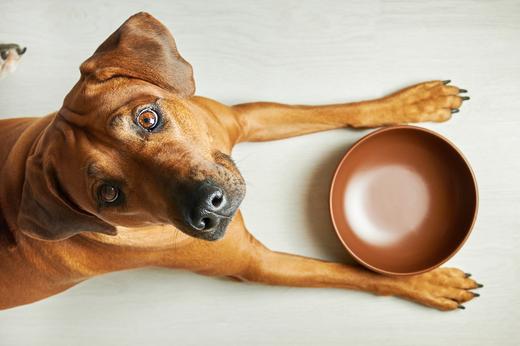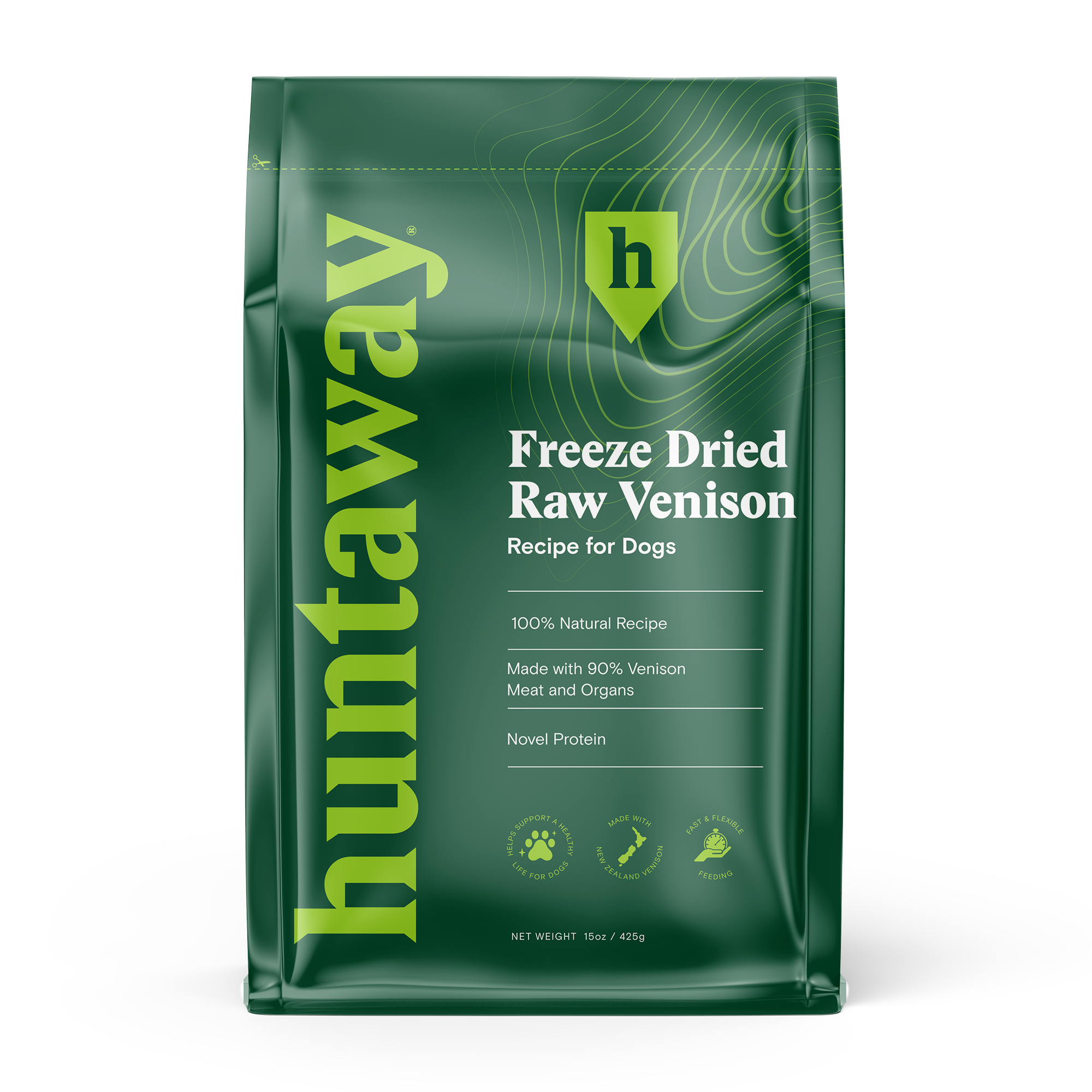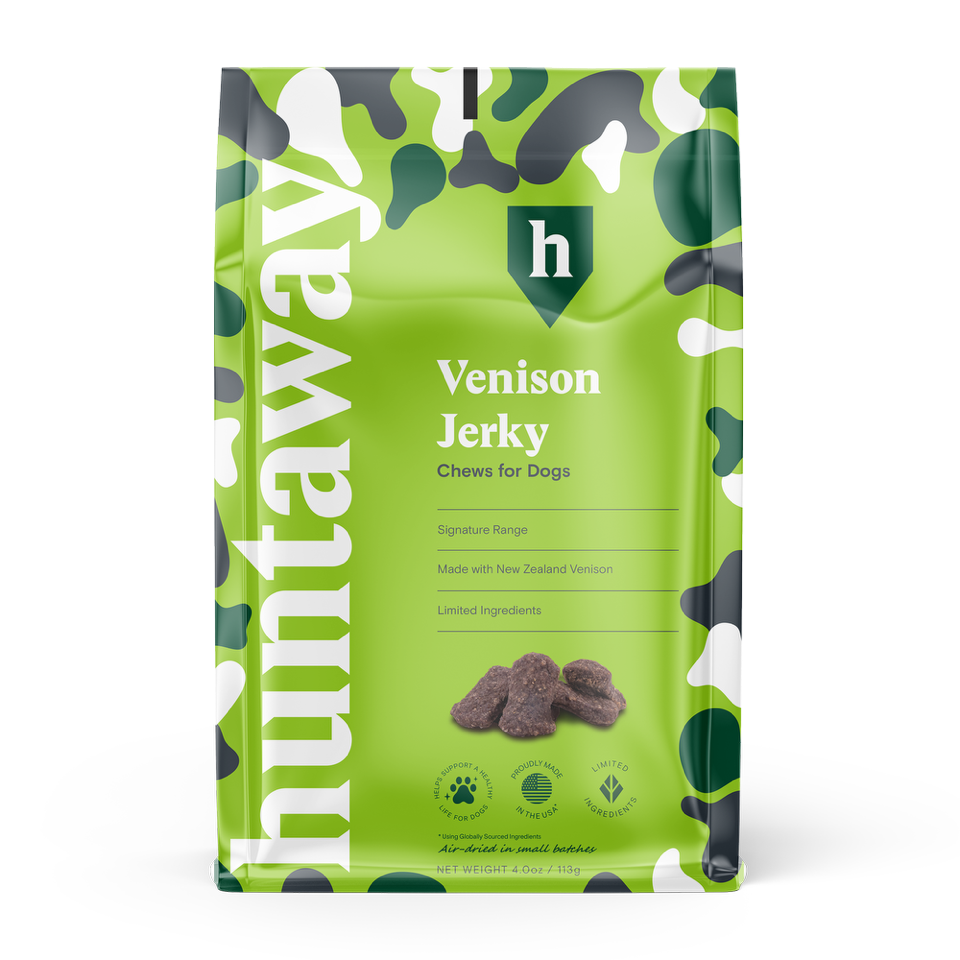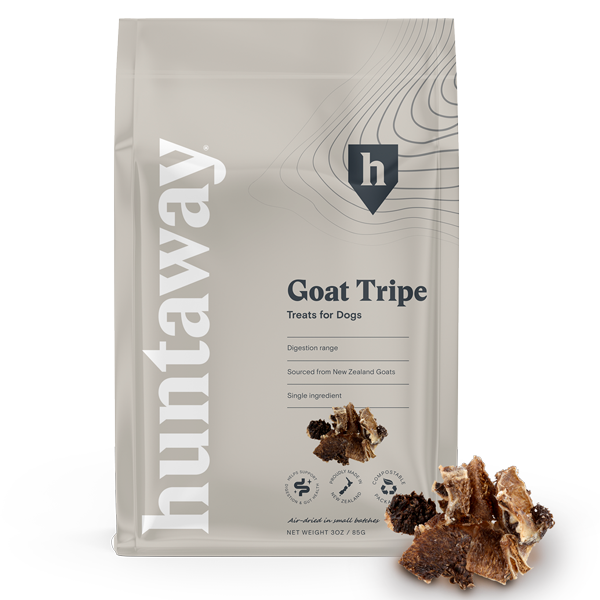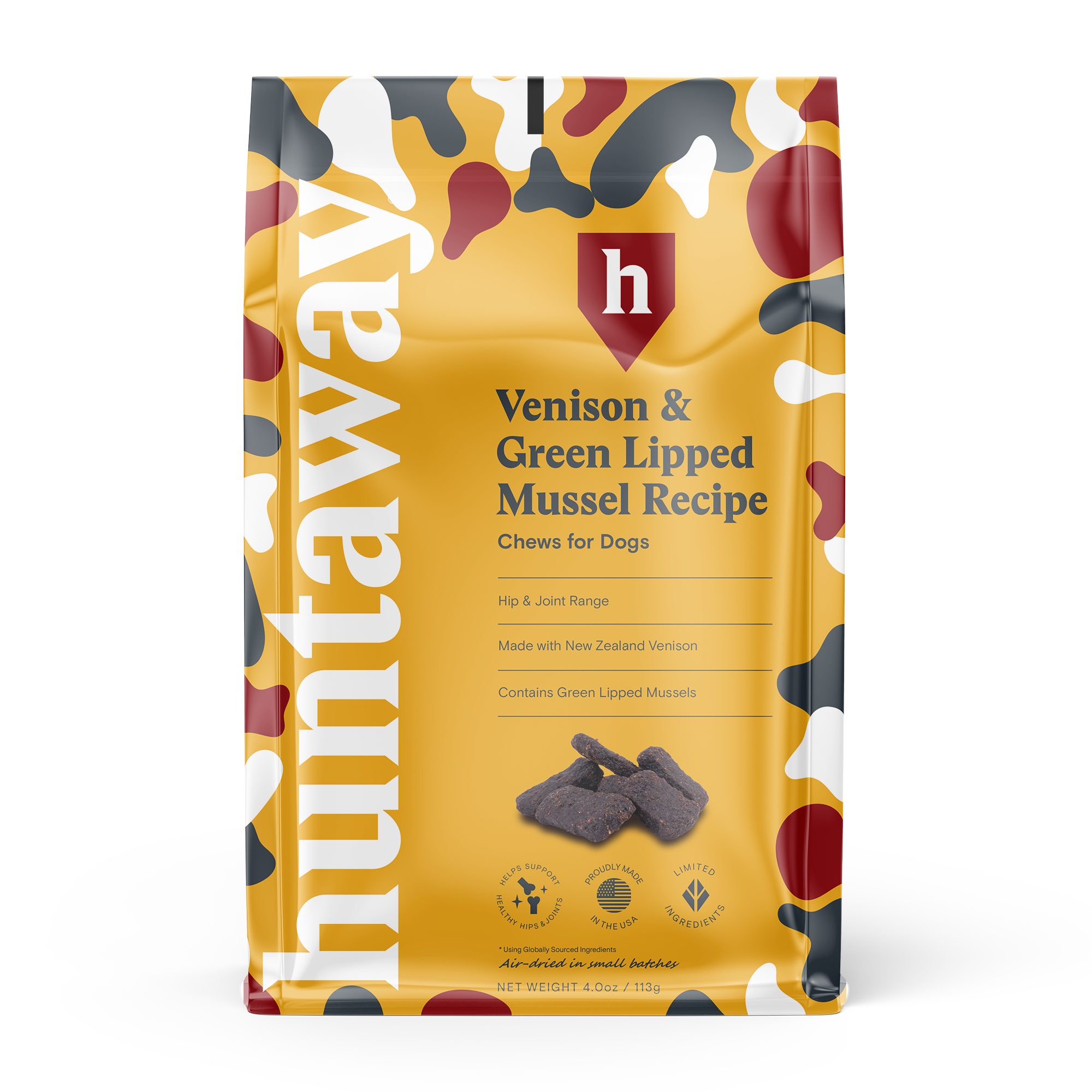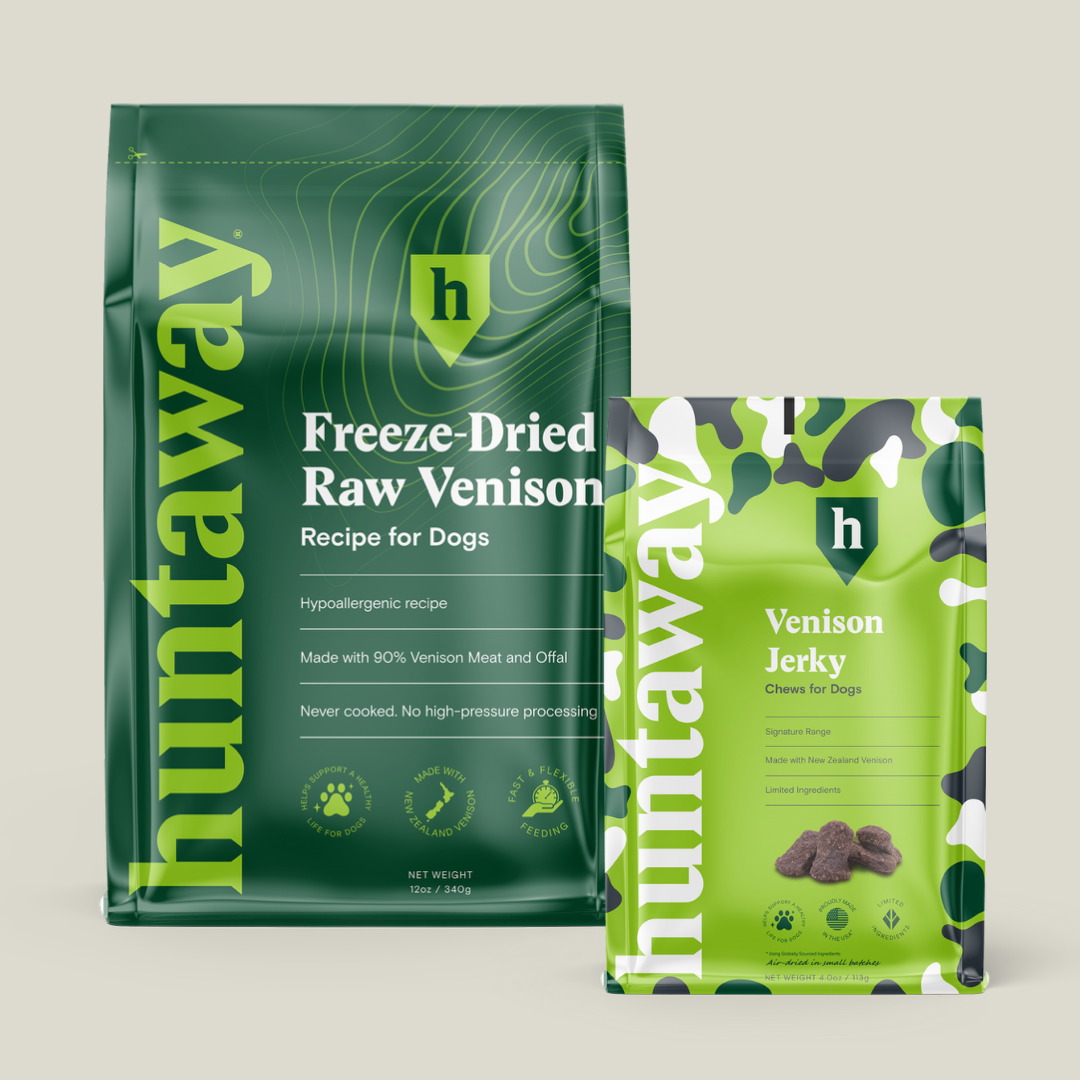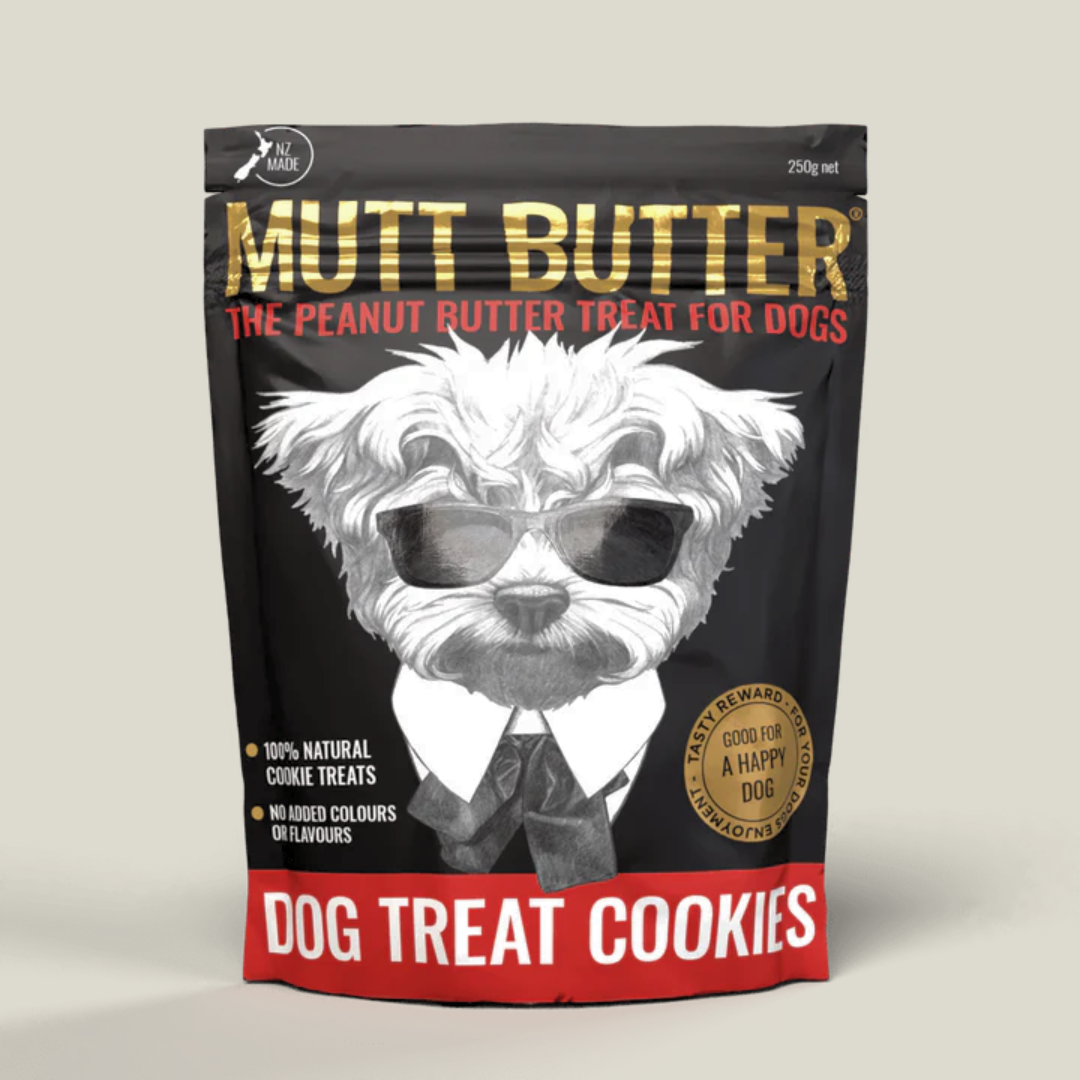“Meet, the brand revolutionizing dog food with a mission to offer the most nutritious, convenient, and sustainable options for our furry friends.”
Startup CPG recently interviewed Cam Mathias, Huntaway’s CEO and Founder, for their blog and podcast to gain insights into the origins and journey of the brand.
Listen to the full podcast, read the transcript or read their overview, which we've reproduced (in it's entirety) below...
"Founded during the COVID-19 pandemic, Cam started with homemade dog food for his beloved Darcy, using wild New Zealand venison. The result? A lean, novel protein that's both abundant and eco-friendly, supporting New Zealand's conservation efforts."
Meet Huntaway: the brand on a mission to offer the most nutritious, convenient, and sustainable food for dogs
Like many in the pet care industry, the founder of Huntaway Pets, New Zealander Cam Mathias, began his brand with his beloved dog Darcy in mind. With extra time at the beginning of the COVID-19 pandemic, Cam started making homemade dog food for Darcy. He says, “I was at home with my dog, and I had access to wild New Zealand venison, so I made prototypes of our [raw wild venison dog food] for her to try.”
After Darcy approved the prototypes, Cam began working with a friend in the Bay Area to distribute in America, a market he knew was eager for natural raw dog food. He says, “We started at the back-end of 2020 with trial deliveries in California, and he was delivering [the product] like an Uber driver around the East Bay area. It got us off the ground, and some of those customers are still with us today.” Most importantly, Darcy, the original taste-tester, is still alive and well. Cam says, “She has enjoyed eating the product for the last four years, and she has been involved in trying and testing pretty much everything we’ve made. She’s eleven now, and she’s still going strong.”
Why venison?
Cam explains, “Venison is a novel protein, which is beneficial for dogs. A lot of vets will recommend novel proteins if your dog has an allergy. Venison is also extremely lean and very abundant in New Zealand. Deer were introduced here in the 19th century, and they’ve thrived, but they cause issues with deforestation and distorting the growth of certain trees in New Zealand. They’re generally regarded as a pest, and our Department of Conservation is eager for hunters to control their numbers.”
With 30 years in the meat industry, Cam was uniquely aware of the hit the venison industry took as COVID-19 hobbled hospitality. He explains, “The deer industry was struggling to survive in New Zealand. We worked directly with hunters and primary processors to prepare the product in a human-grade factory environment. The raw materials themselves are not human-grade, but the factory is, and we feel like that’s a good compromise. There are several parts of a deer or any other animal that are more suited for a canine diet than a human diet.”
“The other thing we liked about wild venison was it occupied an interesting space at a time when plant-based products and lab-grown meat were coming to market. People have strong opinions about some of those alternative sources and how sustainable or nutritious they are. But then you’ve got wild, and wild occupies this other space where you’re free from the criticism, rightly or wrongly, that’s leveled at conventional agriculture. With wild animals, they already existed, so no one’s calling them into being. They’re not using additional resources like fertilizers or water. They exist outside a lot of the assessment of greenhouse gas emissions.”
Huntaway’s sustainability mission
Beyond their sustainable sourcing of wild venison, Huntaway also prioritizes sustainability in its shipping and packaging. First, Cam says, “Everything’s sent by sea freight, which from an emissions perspective is better than air freight.” Second, they send the raw materials to be manufactured in Texas, which allows them to optimize shipping weight efficiencies. Once the raw material is at their manufacturing facility in Texas, the meat is formed into cubes, which Cam explains, “gives us an efficient stowage. We can get to a point where we’re 98% efficient on pallet coverage.”
Their next sustainability development is changing their packaging bags to single resin. Cam says, “We started with compostable packaging, which we thought was a great idea. But compostability is different in every jurisdiction, so it’s hard to guarantee that you can [compost]. Single resin plastics have the highest likelihood of being recycled…We are constantly assessing our sustainability, and using the product ourselves. I’m serving it to my dog regularly, so I get a chance to live with the packaging and think, that zip lock doesn’t work as well as I’d like. You realize there are some false economies in packaging. We can do better with ours, but it’s frustrating. You can’t quite iterate that as fast as you’d like to because you’ve got to finish using the last batch.”
Making as many dogs happy as possible
As a former product and recipe developer in the meat industry, Cam is an admitted development nerd. He says, “Designing products for dogs is fascinating because you have different criteria at play. In particular, smells — you want something that smells funky, but nothing so funky that it alienates the person who’s paying the bill. You want the dog to be excited about it and you want it to be in a form that’s palatable and nutritious. And the elephant in the room with raw dog food is, what does it look like the next day when you’re out walking and you’ve got something to pick up? In the first year or two, these messages would come in from social media saying, ‘My dog’s stool has never looked better,’ which my wife and I found hilarious. She would say, ‘You’re saving the world one dog turd at a time.’ You get this really intimate relationship and that’s really rewarding.”
Cam takes Huntaway’s relationship with its customers seriously and is constantly iterating based on consumer feedback. He says, “Each time we reformulate the recipe to try and make it more broadly appealing to people’s dogs, we get some surprising responses. Someone had a dog allergic to spinach, which I didn’t realize could be a thing. At some point, you realize it’s unlikely you’re going to be able to create a universal diet that every dog can eat. But if you can point to every ingredient and justify why it’s there, then you will feel a lot better about marketing that product. We’ve gradually moved towards an all-natural recipe, which has proven to be very popular. It cost a little more, but we’ve ended with a short ingredient declaration.”
“You’re in a privileged position when you’re delivering to someone’s home and they are hoping that this [product] will turn around the quality of life of their beloved dog. And other than the odd dog with shiitake mushroom and spinach allergies, we’ve managed to keep a growing number of dogs happy with [Huntaway].”
Thank you to Startup CPG for the opportunity to be part of your Founder Feature. To give Huntaway a try, visit our 'Where to Buy' page for purchasing options or email us at hello@huntaway.pet with any questions. The adventure starts here!
Read original blog here.



